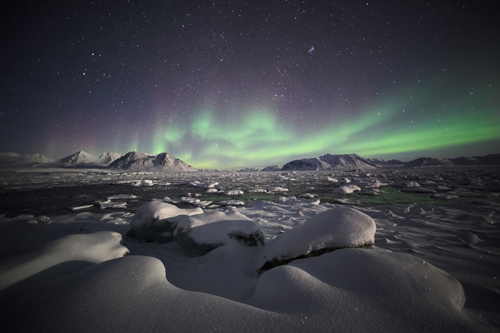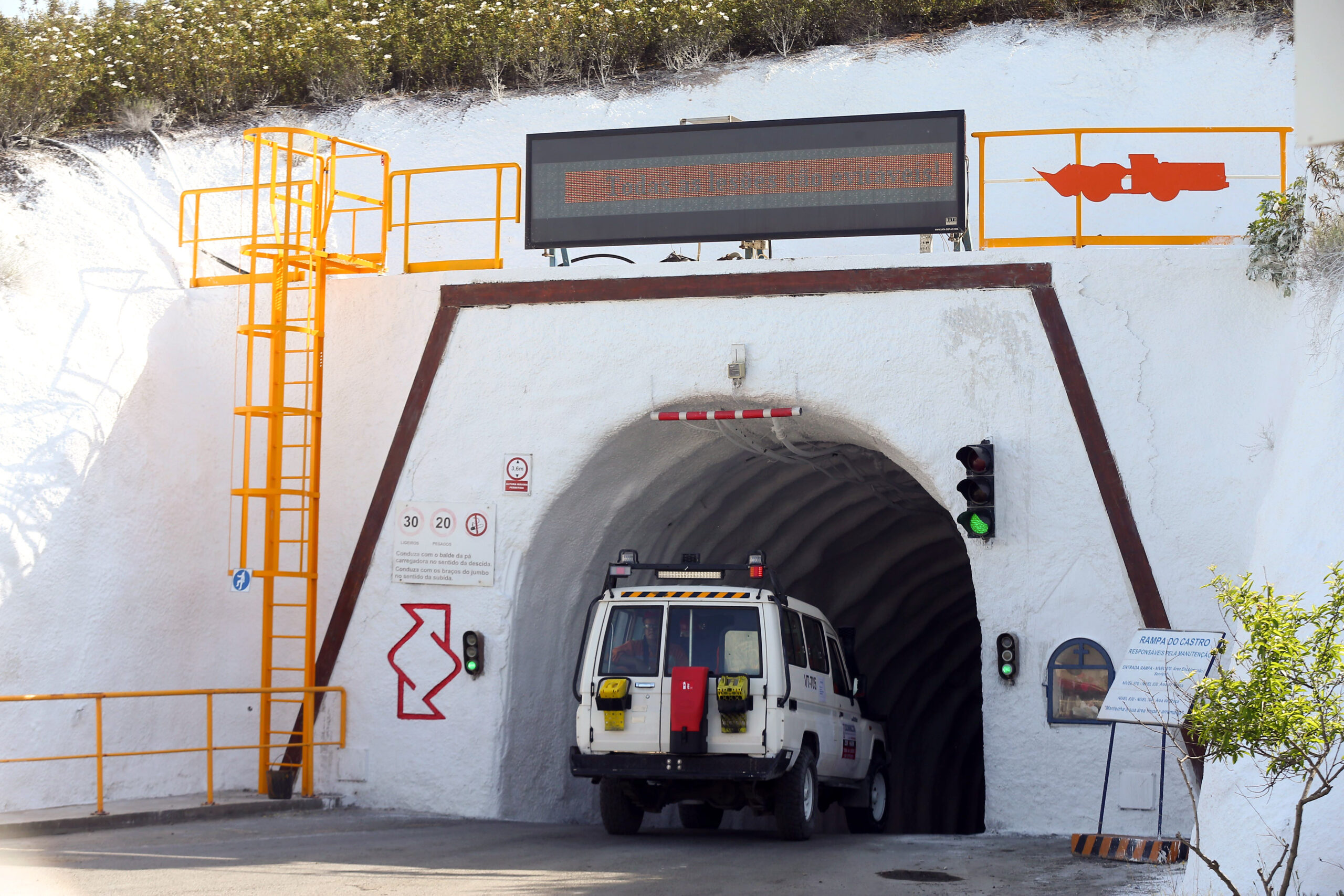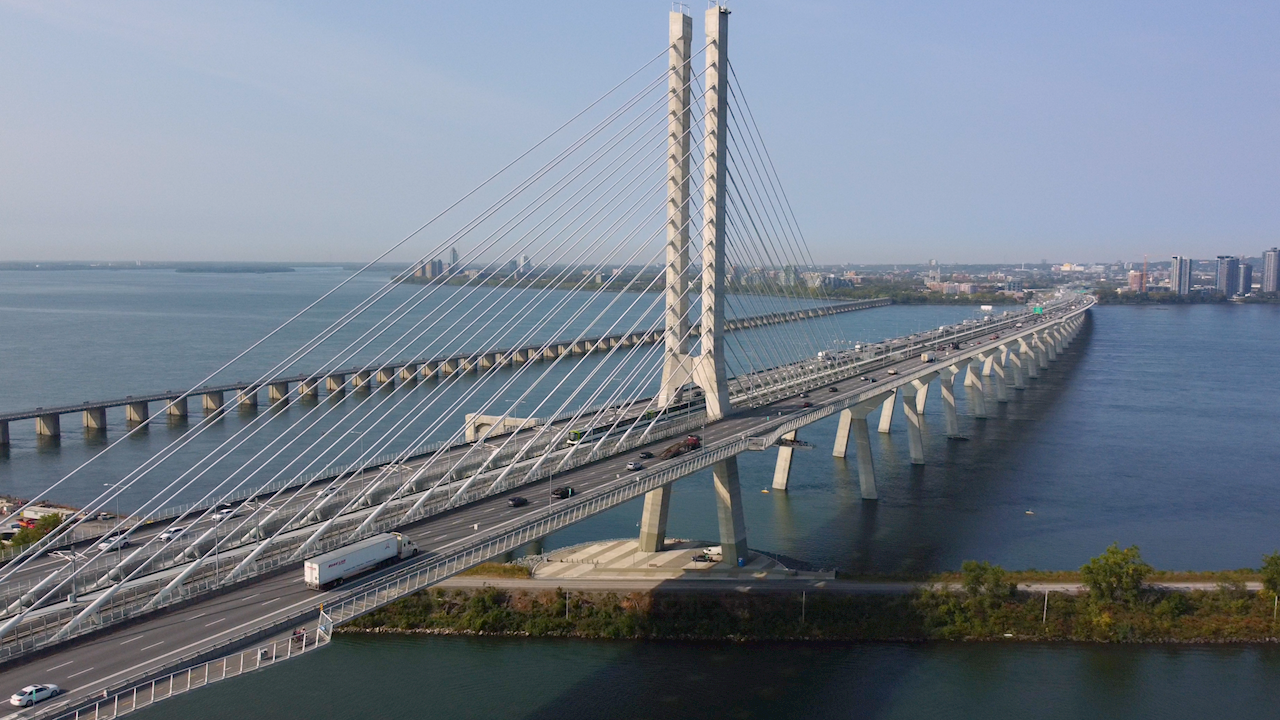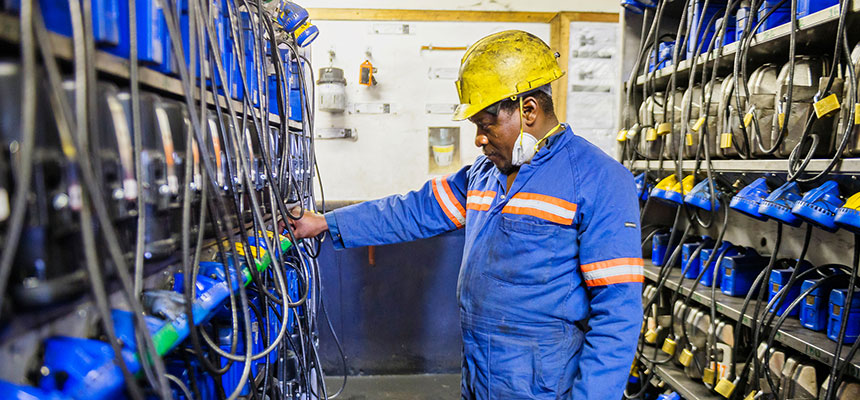
Friday 21 June 2013 marked a very special day in the calendar of the people of Greenland, being as it was the country’s National Day, a day used to celebrate the country’s cultural value and national identity. The date is also significant in that it marks the fourth anniversary of the signing of the Act that ushered in Greenland’s self-governance.
With the passing of this Act the government of Greenland also gained the right to take over a number of key responsibilities, including mineral-resource development. Following on from the country’s move to self-governance came the passing of the Inatsisartut Act No7 (of December 7, 2009) on mineral resources and activities on 1 January, 2010. This Act on Mineral Resources helped establish the foundation and framework for future control of mineral resources.
The establishing of the Act on Mineral Resources was the result of a shared belief amongst political groups that Greenland needed to move towards the development of its mineral resources sector in order to create an industry that would contribute massively to the economic growth of the country and create employment opportunities for its people.
The outlook for Greenland’s mineral resources sector today is certainly much brighter than that which the country’s Bureau of Minerals and Petroleum (BMP) faced in 1998 when it took over the responsibilities then held by the Danish authorities. It was at that time that the industry was suffering from a decline in the number of licences, and more importantly in general interest from companies in exploring Greenland. This trend would continue before reaching an all-time low in 2002.
It was at this point that the BMP designed a marketing strategy to promote Greenland’s vast mineral potential on a systematic, continuous basis. The focus was to be targeted particularly, but not exclusively, towards Australia and Canada, the two largest mining countries in the world. The results of this strategy began to bear fruit in rapid order with a growing number of mineral companies showing interest in exploring Greenland from deposits taking the number of granted mineral licences from 17 in 2002 to 94, including applications, in April 2011. In the same period the number of non-exclusive prospecting licences went from six in 2002 to 20 in April 2011.
With the near collapse of the mineral resources sector in 2002, the following year saw Greenland’s total approved licence area fall to an all-time low with only 5,714 square kilometres handed out to exploration companies. It was the promotion of Greenland’s potential at a number of major mineral conventions in Canada, combined with annual visits that BMP representatives made to Australia that triggered an increase in applications from these countries.
By 2005 the licence area in Greenland had more than doubled to 12,986 square kilometres, a figure that continued to grow as more applications were submitted. In the recent years Greenland has experienced a higher growth in area applied for, than the area being reduced or relinquished as a result of exploration maturity. The result is a still growing area for exclusive exploration licences. In April 2011 the licence area passed 40,000 square kilometres, including pending applications.
With this increase in licences being granted and licence area so to came a rapid increase in exploration expenditure in Greenland. This growth resulted in record years in 2005, 2007, 2008 and 2010, when more than 70 million euros was approved as exploration expenditure for exploring the country’s mineral potential. Similarly the country has witnessed a dramatic increase in the amount companies have spent towards mine construction and in preparing to begin exploitation operations. Taken into context these figures and statistics highlight an incredible fact, and that is that in real terms during the last decade Greenland has actually experienced a higher growth rate than that of the aforementioned mineral resource giants of Australia and Canada.
It is clear for all to see that the general tendency since 2002 has been growth in all areas of the mineral industry in Greenland. In the time from 2002 up until April 2011 the number of mineral licences increased more than fivefold, and the licence area increased more than six fold. These factors shine the spotlight not only on the growth in the licence area and numbers but also in the maturity of the different exploration projects, as exploration expenses tend to rise as a project matures over time.
For the time being no decline has been seen in the number of exploration licences as a consequence of the economic recession, and applications are still coming in for new licences. The growing interest from new parts of the world indicates that Greenland is becoming present and visible as a viable mineral resource country. With the current tendencies Greenland expects to see continuous growth in the mineral industry in the country for many years to come.
Written by Will Daynes













